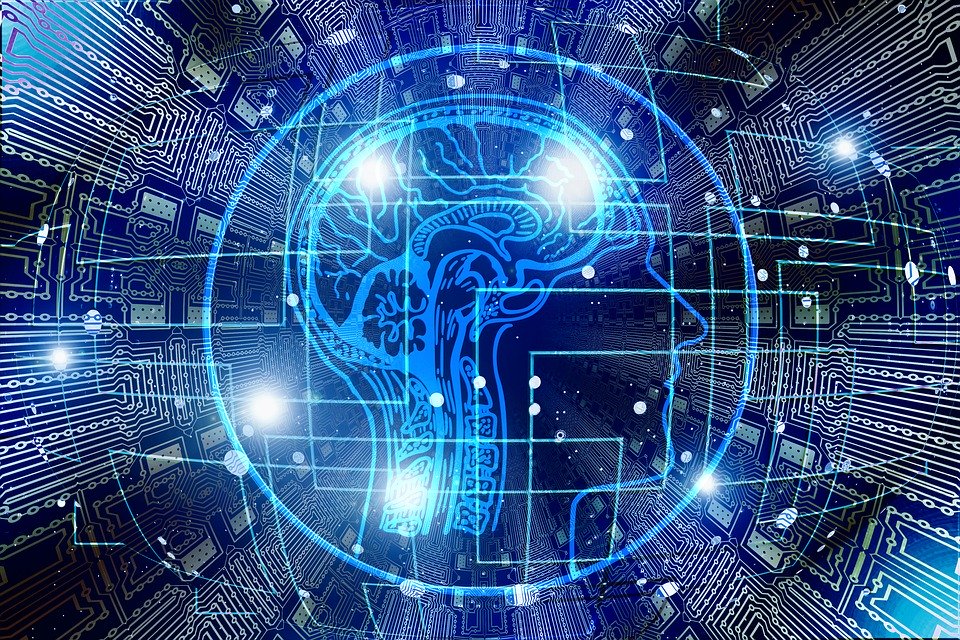
Machine learning is programming with artificial intelligence to be as autonomous and efficient as possible. But how is data labelling an essential step in this new way of approaching computer software?
What is data labelling?
Machine learning (ML) consists of programming computers (or AI) so that they can learn autonomously. To achieve this, AIs learn from data. First, however, a human must provide the computer with these training elements. This step is called data labelling.
Using specific computer tools, AI professionals catalog pieces of information so that the computer can recognize them. Data labelling, therefore, consists of labelling, categorizing or transcribing data.
To use an autonomous or self-driving car as an example, whose AI requires video to guide itself in traffic, data labelling is used to classify the images received by the autonomous vehicle. Once classified, these visuals allow the machine to avoid road signs, pedestrians or other vehicles on the road. This data recognition function is innate in humans but must be codified in the machine to evolve independently.
This step is crucial to starting a machine learning project. This process can only occur when the algorithm recognises and catalogues the data it receives. Companies can use data labelling internally by employing full-time or part-time data labellers (humans at the time of writing!).
Other examples of data labelling
Natural Language Processing
In the field of Natural Language Processing (used to make Alexa, Siri and translation services sound realistic), it is first necessary to manually identify important sections of a text or label them with specific labels to build a training data set.
The goal may be to identify the sentiment or intent of a text, identify parts of speech, classify proper nouns, or identify text in pictures or other documents. Boundaries must be manually drawn around text elements. Once trained, a Natural Language Processing (NLP) model can be used for text analysis, name/entity recognition, and optical character recognition.
Computer Vision
Computer vision refers to an artificial intelligence technique used to analyze images captured by equipment such as a camera. Concretely, computer vision is presented as an AI-based tool capable of recognizing an image, understanding it, and processing the resulting information. For many, computer vision is the equivalent, in AI terms, of human eyes and the ability of our brains to process and analyze perceived images. The reproduction of human vision by computers is also one of the main objectives of computer vision.
Audio processing
Audio processing consists of converting all types of sound into a structured form so that it can be applied to Machine Learning. This task generally requires first transcribing the sounds into written text. This helps bring to light in-depth information about the audio, adding labels and categorizing the sounds. Once labelled, this data can be used to train the AI.
What is a data labelling tool?
A data labeling tool is a platform or portal that allows specialists and experts to annotate, markup, or annotate datasets of any kind. It bridges the gap between raw data and the end product that your machine learning modules would finally produce.
A data labelling tool is an on-site or cloud-based solution that processes high-quality training data to be annotated by machine learning models. Although many businesses depend on outside third parties to create complex annotations, some companies still use their own tools that are either bespoke, based on freeware or open-source tools available for purchase. These tools are typically designed to annotate certain types of data, for example, audio, image, video, or text. The tools provide features or options such as bounding boxes or polygons for data annotators to label images. You can just choose the option and it will perform its specific tasks.
The future of data labelling
Data labelling is inevitable, as AI and machine learning models need to be regularly trained to deliver the required results more efficiently and effectively. Supervised learning means that the process of data labelling becomes more crucial as the more the model is fed with annotated data, the sooner it trains to learn autonomously.




